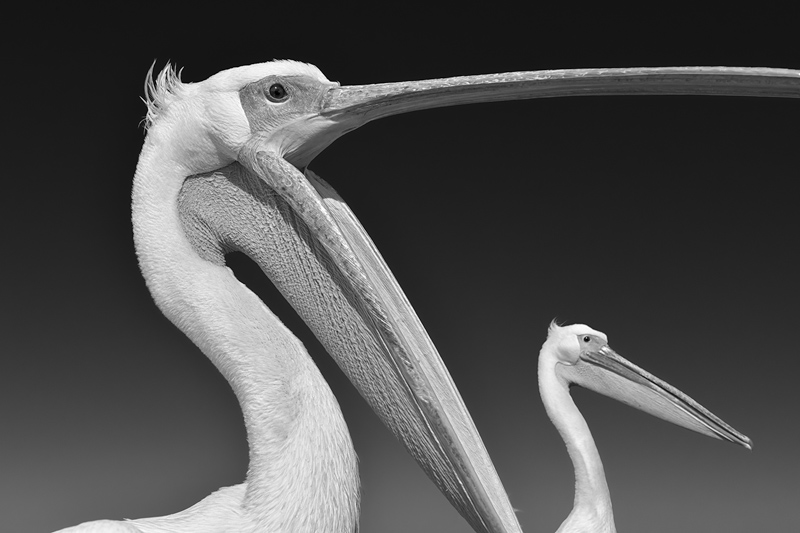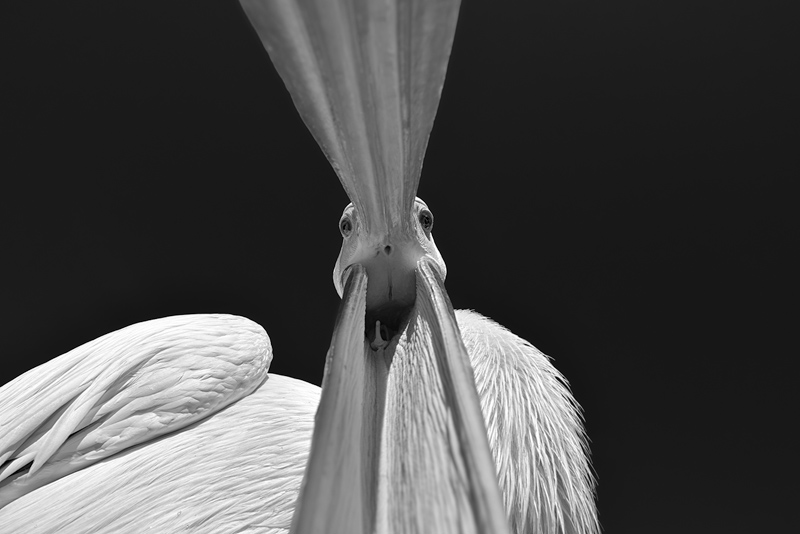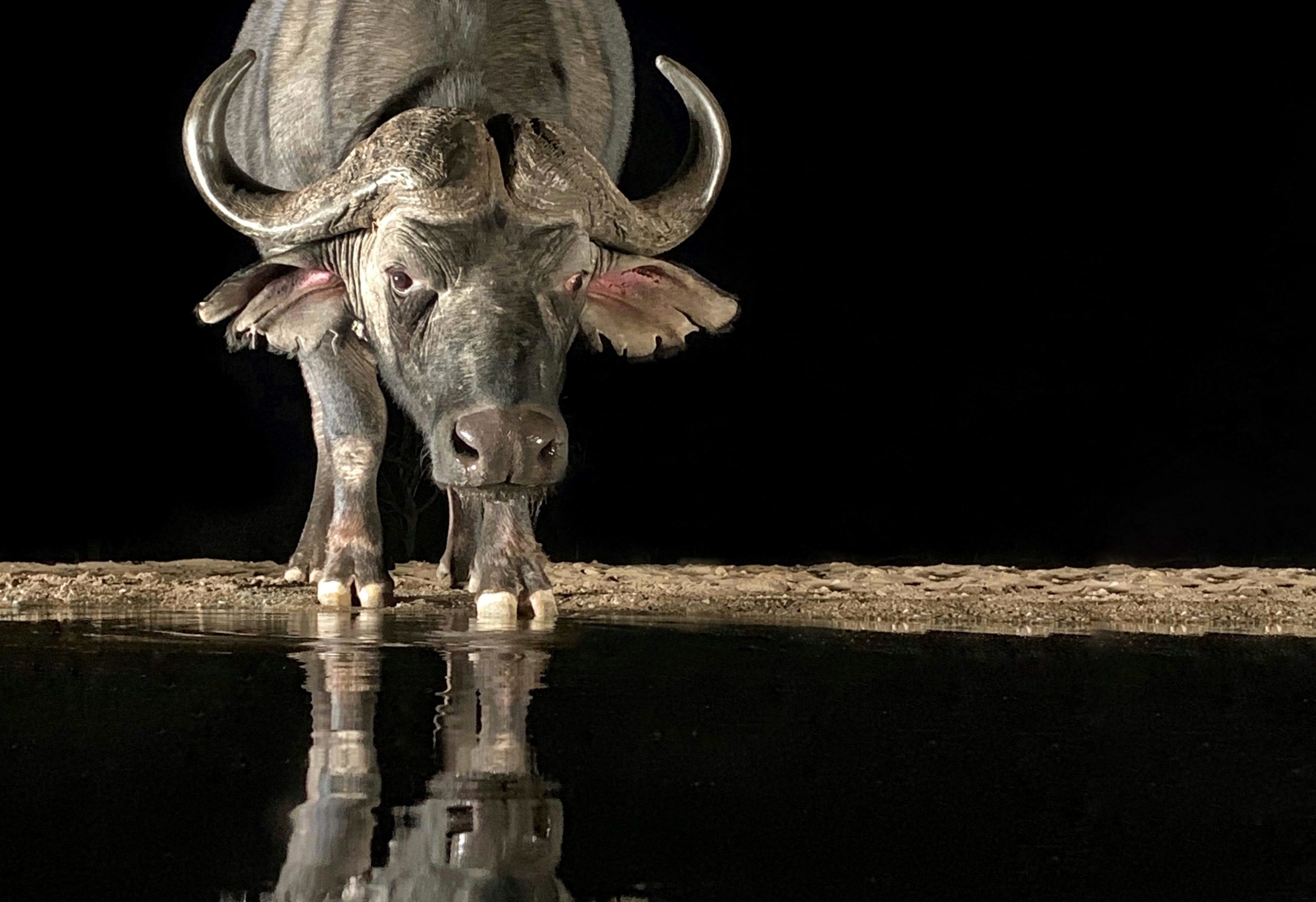Overall winner Travel Photographer Of The Year!
The great things in life always seem to happen when you least expect it. Last week we were still in Antarctica when I got an email from the Travel Photographer Of The Year competition asking me for my high res files. I knew I was in the finals, and I thought I had already uploaded the files before we got onto the ship – apparently not. There was internet connection on the ship, but incredibly slow and irregular. Try uploading 8 high res TIFF files over a satellite connection, and you will understand how frustrating this was, especially when there’s a deadline. Luckily, Daniella has way more patience than I do when internet stuff is concerned, and she managed to send everything during a moment when most passengers where either on zodiacs or on land. Shortly after that, I completely forgot about it – Antarctica tends to absorb all your attention. After the two Antarctic tours, we flew back home, where I had to finish preparing my lecture for the Lowland Photo Festival in Antwerp, Belgium – no rest for the wicked. After the lecture we literally had one day to unpack our Louisiana/Antarctica bag, do all the laundry, and repack for Cape Town. It was all kind of hectic. Then, when we finally arrived at our apartment late at night and fell into our beds, I decided to check my email, and there it was. A message from Travel Photographer Of The Year that I had won the overall title. I am now the Travel Photographer Of The Year 2015, and that was not something I expected.
When I first started in nature photography, I noticed that most landscape photographers struggle with wildlife photography, and most wildlife photographers struggle with landscape photography. That’s understandable, because they’re both different genres that require different skill sets. Yet I’ve always wanted to do both and be an allround nature photographer, which makes winning this title with both a landscape portfolio and a wildlife portfolio even more special.
Let’s begin with the landscape portfolio.

It all started two years ago, when Daniella and I sat down to work on our travel schedule for the next years – planning our regular tours, and coming up with new ones. When we first started Squiver, there were very few companies worldwide offering photographic tours, but nowadays it seems that every serious photographer is doing it, resulting in a kazillion photo tours, most of which are exact copies of existing ones. We decided to come up with something fresh and completely different again. Louisiana was not at the top of our list, but the countries that are, are way too dangerous to travel to at the moment. We had a little gap in our travel schedule, and Louisiana just sort of fitted right in there. And that’s how the plan started: the world’s first Cypress Swamp photo tour.

The US is an easy country to travel in, especially compared to the countries that we usually visit, but the swamps in Louisiana proved to be a logistical challenge to say the least. To be able to photograph in the swamps, you need to paddle. You need to paddle a lot. We never paddled before, so that was interesting. The first few days were pretty overwhelming – the scenery was amazing, but it was also extremely cluttered. I usually stay as far away from clutter as possible, but I figured it was time to step out of my comfort zone and try something completely different. From an artistic point of view, I really struggled those first days. Wherever I looked, it was all so beautiful, but most of the time I just didn’t see the picture. Later, it turned out that my brain simply needed some time to adjust to the different visual information that it had to process. On the third day I finally started to get some good results.
 <
From my research, I noticed that there were very few swamp images with people in there, and as I've always liked to include human elements in my landscape shots, I decided to do just that. The added sense of scale and adventure is quite remarkable, and I often find that it's easier to connect to a foreign landscape when there’s a person in there somewhere. Luckily, Daniella and I both used our own kayak, which made it a lot easier to set up the shots - which often was not easy at all. When you're on the water in a kayak, where are you going to set up your tripod? This proved to be the most challenging and frustrating part of swamp photography. Most of the time I found myself sticking my tripod into the water to check how deep it was, and see if I would be able to get out and wade to the best spot - quite often it was too deep. And just as often there was no other option than shooting handheld.
Another thing I had noticed, was that there were very few images of these swamps in black and white, and that made me decide to try that option. At first, it felt counterintuitive to remove the warm colours from the images, but once my eyes got used to the results, I knew that the colours were merely a distraction from the dramatic light and intricate details.
<
From my research, I noticed that there were very few swamp images with people in there, and as I've always liked to include human elements in my landscape shots, I decided to do just that. The added sense of scale and adventure is quite remarkable, and I often find that it's easier to connect to a foreign landscape when there’s a person in there somewhere. Luckily, Daniella and I both used our own kayak, which made it a lot easier to set up the shots - which often was not easy at all. When you're on the water in a kayak, where are you going to set up your tripod? This proved to be the most challenging and frustrating part of swamp photography. Most of the time I found myself sticking my tripod into the water to check how deep it was, and see if I would be able to get out and wade to the best spot - quite often it was too deep. And just as often there was no other option than shooting handheld.
Another thing I had noticed, was that there were very few images of these swamps in black and white, and that made me decide to try that option. At first, it felt counterintuitive to remove the warm colours from the images, but once my eyes got used to the results, I knew that the colours were merely a distraction from the dramatic light and intricate details.

Then, somewhere halfway through our trip, we were already out on the water when it was still dark, to be able to cover some distance before the sun would come out. When it did, we looked behind us and saw that there was some mist in the distance – right where we started paddling that morning. There was a tiny bit of wind that pushed all the mist into that one little corner, where it stuck. We knew that it would take us at least 15 minutes to paddle back there again, and chances were that by the time we would arrive, the mist would already have been burned away by the rising sun. We decided to turn back, and we went full throttle. Those were stressful moments – you see a truly magical scene in the distance, but you’re too far to take any photographs and you’re not moving nearly as fast as you’d like. But it all worked out, and we were able to get some great shots from one of the most amazing scenes I have ever witnessed – otherworldly. The fact that I was able to work as a team with Daniella made all the difference in terms of efficiency, and her help on this memorable shoot proved invaluable – thank you honey :-)
Little over a month ago we went back there for our second visit. We learned so much on our first trip, so from a logistical point of view we got everything down this time. We did a lot of extra scouting and worked on a plan to bring a small group here to explore the swamps with us in 2016 and 2017, and likely in the years after that – we really enjoyed it that much. As usual, we will first contact our most frequent flyers so they get the first choice, but after that we will open the trip to other guests as well.
Time for the wildlife portfolio.

Many years ago, we were the first company to offer photo tours to Namibia, and it quickly became our most copied tour. But we have always managed to stay a few steps ahead of the competition – we’re still the only company in the world to offer microlight flights over the dunes, and two years ago we decided to include a boat trip to photograph seals, dolphins and pelicans. The pelicans proved to be particularly photogenic and cooperative this year, and we had great fun photographing them.

If you’re familiar with my work, you will know that I rarely do birds. I find that most birds, although beautiful, are very tiny and require a lot of focal length to get them at a recognisable size in the frame. As a result, depth of field decreases, and so does the amount of habitat, often reducing the image to a bird on a stick against a blurry background, or worse, a bit of sky. From an artistic point of view, I’ve always been uninspired by this kind of photography. In contrast, I find myself drawn to bigger birds, because they need less focal length, and as a result I can include more of the habitat – some of my swan, eagle and crane images from Japan are a good example of that.

Pelicans are big birds, and there were plenty of them flying around us and even resting on our boat, to give us excellent photographic opportunities. These are truly amazing creatures and a real pleasure to watch. At first I started photographing them in flight, but soon realised that the shots were quickly starting to look very similar. That’s when I decided to focus my attention on a couple of pelicans that were resting on the bow of our boat. To get a less typical bird perspective, I decided to use a wide angle lens and slowly move closer to them. I focused on getting some intimate portraits of these magnificent birds, using their remarkable outline shape to create graphic compositions with attention to light, texture and lines. Blue skies can be very boring and distracting, and I found this was also the case for this portfolio. As the directional light, stark contrast, fine texture, and the graphic shapes were the most important elements for these images, I decided to convert the entire series to black and white. I’m very happy with the result, and even more so that the jury of TPOTY agreed :-)

If you’re interested in licensing any of the images above, or any other images for that matter, please drop us a line. You can also order beautiful fine art prints from these series – in addition to the sizes mentioned on our website, we can also produce larger prints. Just let us know what size you’re interested in, and we’ll get back to you. Or you can see it all for yourself, and join a Squiver photo tour to Namibia or Louisiana!



Congratulations! And a Merry Christmas & Happy New Year!
Thank you Henk – same to you!
Yes, congratulations Marsel, worthy winner although I think you could have Marc Adamus(ed) it up a little and said that you had to hand wrestle crocodiles or something of the like to get the final image…no?
No crocs there Mark, only alligators :-)